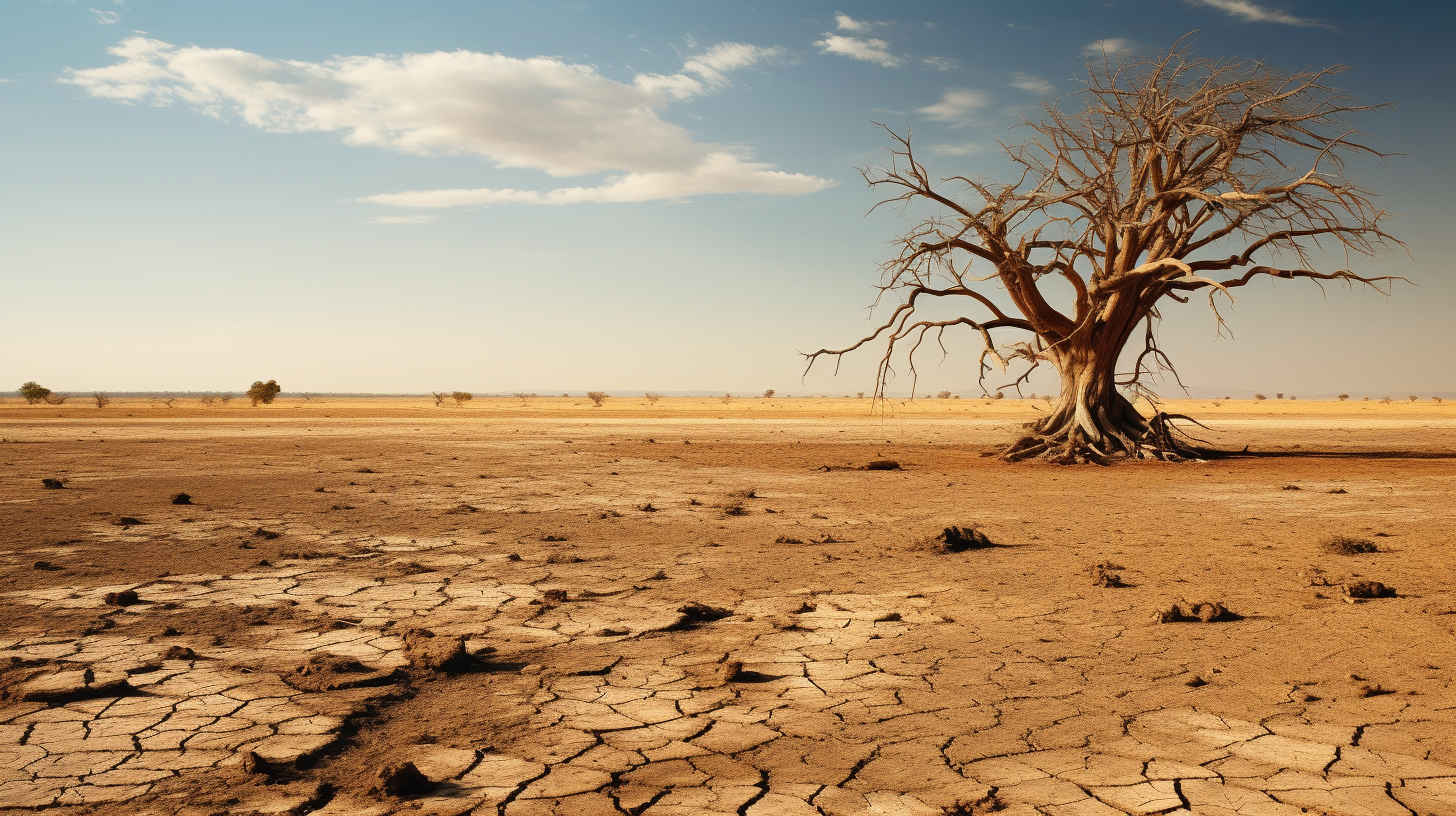The narrative of Earth’s changing landscape is often woven with facts of environmental degradation and statistics illustrating the decline of biodiversity. Yet beneath the pervasive sands of our new deserts, there lies a subtler, albeit equally poignant tale of loss – the erosion of culture as vast as any seabed turned to wasteland.
As the inexorable ‘Brown Tide’ blots out the fertile grounds, swallowing territories in its arid embrace, we observe not just the depletion resources, but the dissipation of identities. These culturally-rich communities, once brimming with heritage, customs, and social structures, become mere footnotes in the annals of ecological upheaval.
Consider the Sahelian tapestry, which not so long ago was a vibrant tableau of music, dance, and oral traditions – now fraying at the edges as desertification uproots lives and splinters communities. The Sahara expands, and with each inch it claims, centuries of history are buried under its sands, leaving behind hollow echoes of stories untold.
The cost of desertification is counted not just in lands lost but in the silence of languages falling into disuse, in the exodus of populations that once sustained themselves through age-old practices of agriculture and herding. Communities defined by their relationship with the land are cut adrift, floating in a limbo without the anchors of their ancestors.
Artifacts and architectures, eroded not only by the harsh desert winds but also by the negligence of a world too preoccupied to preserve them, stand as forlorn monoliths of a time lithified into obsolescence. The once lush Valley of the Kings, a repository of ancient civilization, now threatened by the encroaching menace, might soon echo emptiness more than splendor.
In the shadow of these expanding deserts, tales of Old Marsabit or the mystic Timbuktu morph into dreadful odes; their music, art, and literature distorted into specters haunting the barren landscapes. This cultural desiccation leaves a void where once thrived a mosaic of human expression.
As journalists, we trace the parched lines of these narratives, chiseling out the stark figures: ‘Dust Bowl 2.0’, ‘The cultural wasteland’, and ‘The Empty Quarter.’ Yet, we know that figures alone cannot gauge the profound hollowness felt by those who witness their patrimony crumbling to dust. In the heartache of these communities, we find the chorus of a dirge for the planet – one that resounds with a sense of urgency yet lacks the solace of hope.
The looming question remains – can anything be salvaged from this cultural dustbowl? Are there lessons nursed within the folds of folklore and tradition that may yet teach us resilience in the face of unforgiving climates? Or are we merely chronicling the last vestiges of a displaced culture?
With this investigation, we delve deeper than the surface of the arid earth; we excavate the profound human element at risk of being irrevocably engulfed. We stand at the precipice, documenting the demise, while pondering if our chronicles may one day serve as relics of a world that was – a testament to the cultural diversity swallowed by the sands of neglect.
